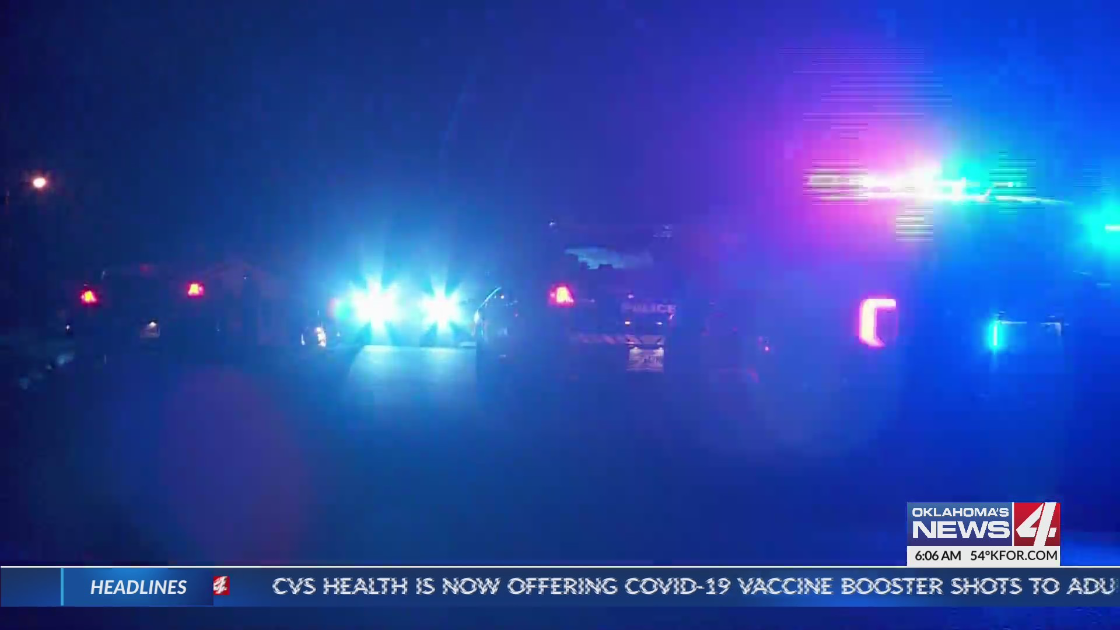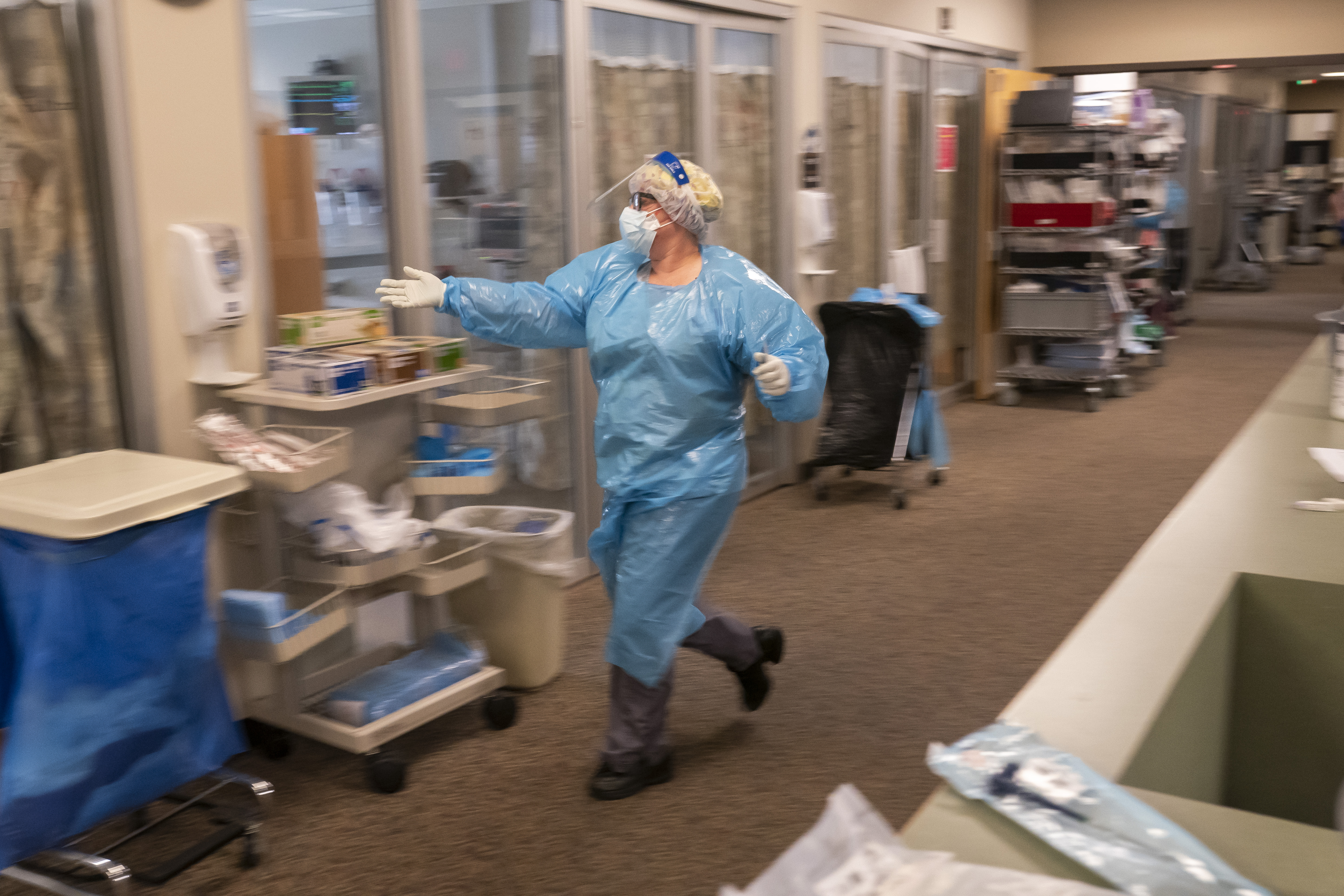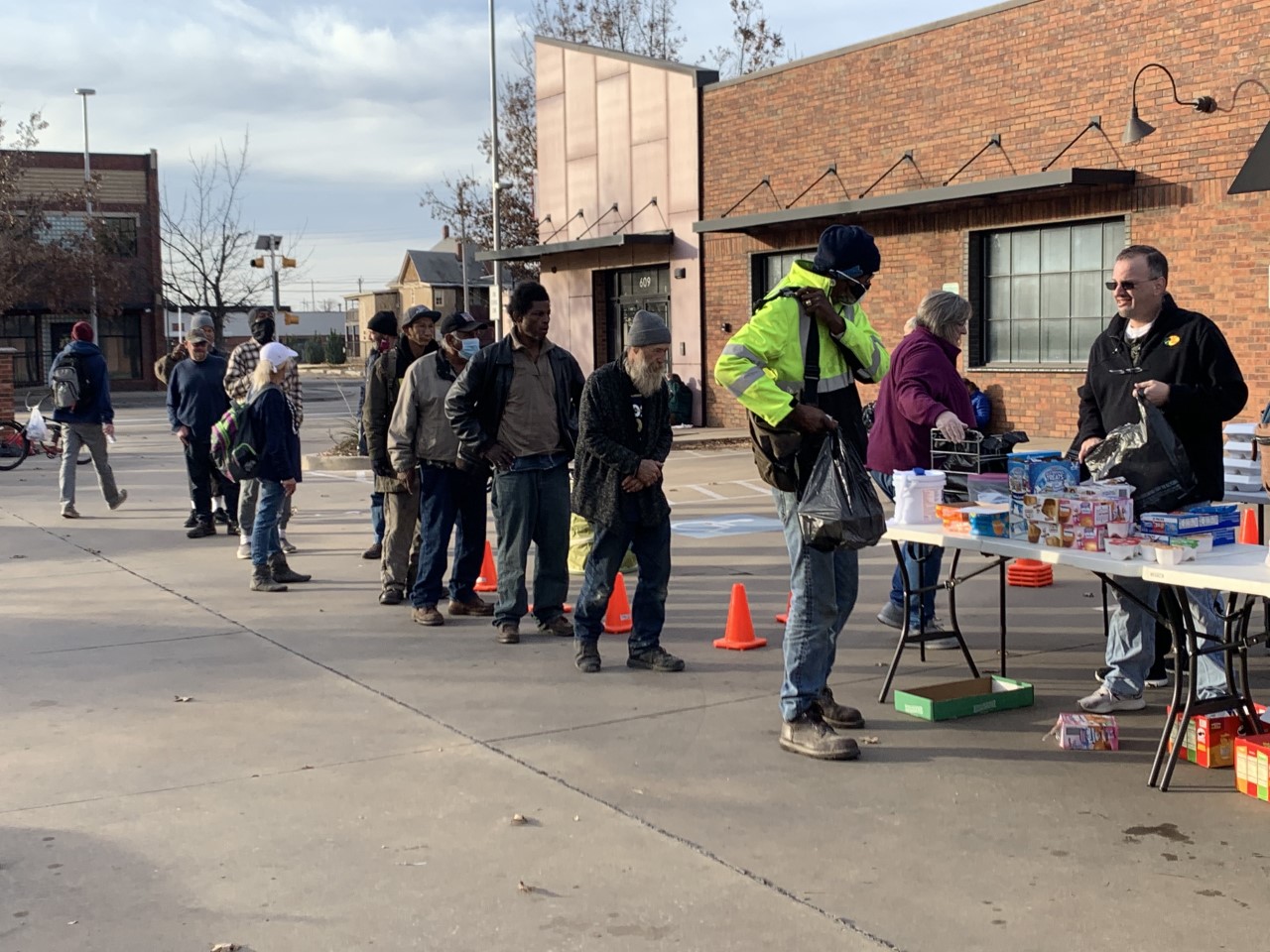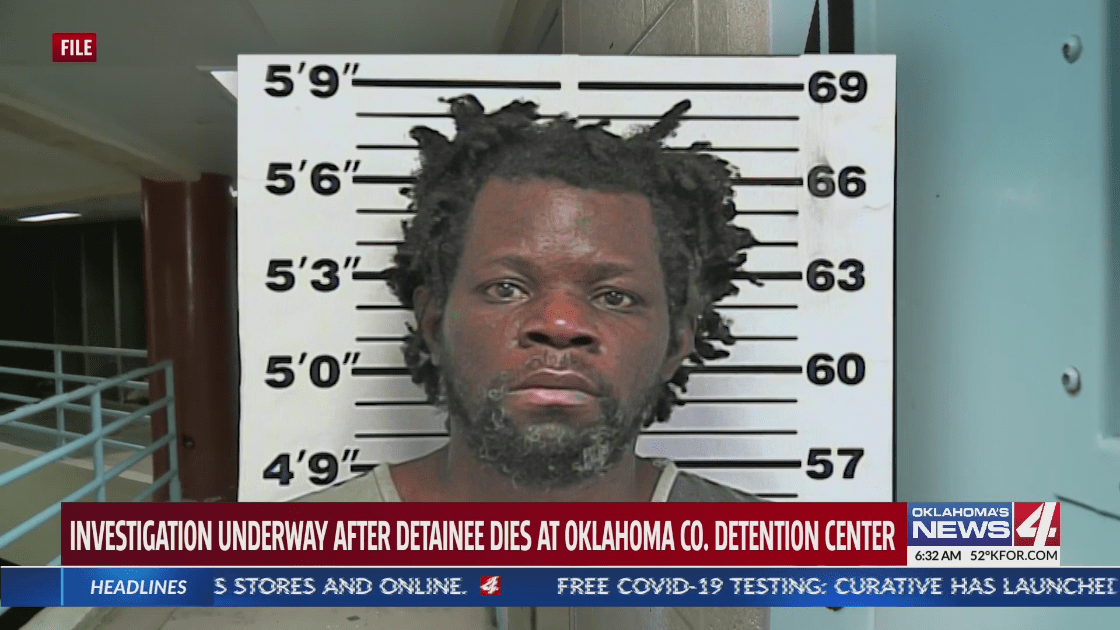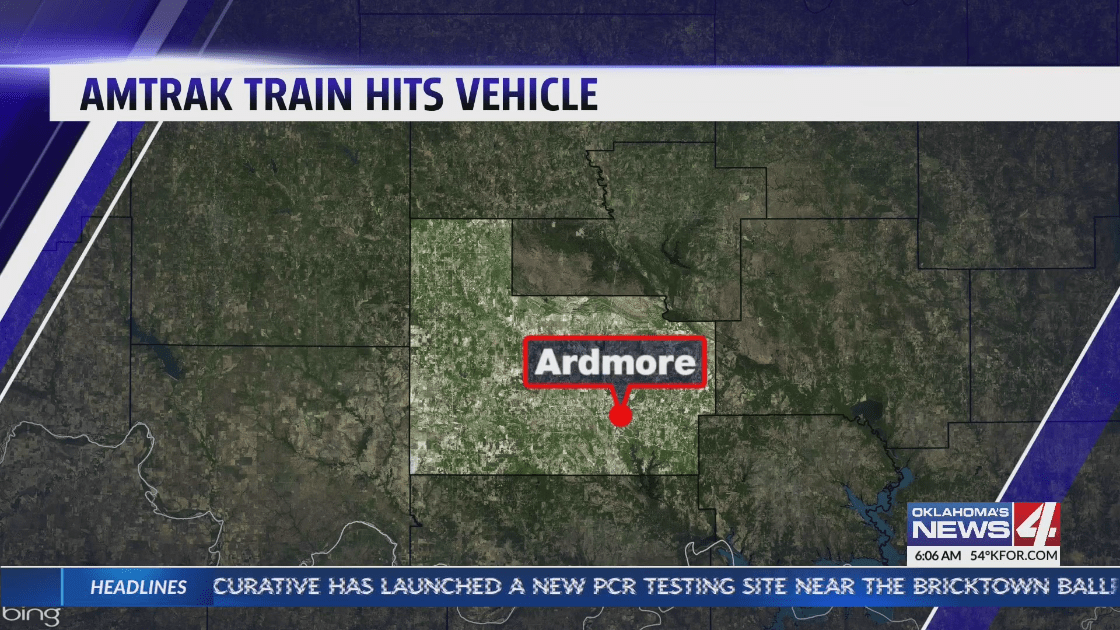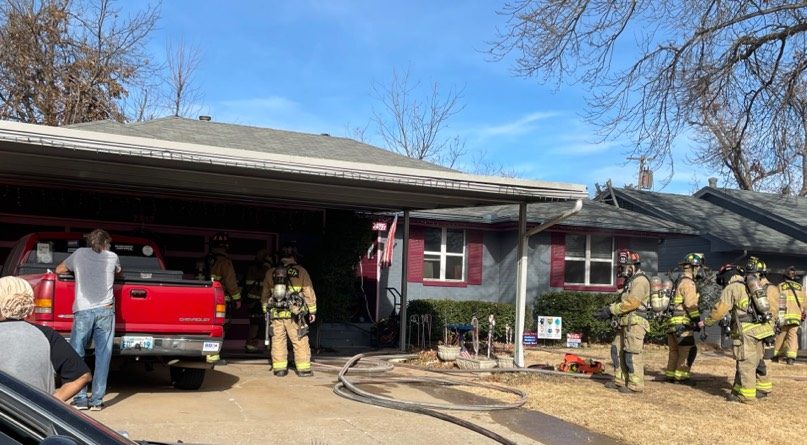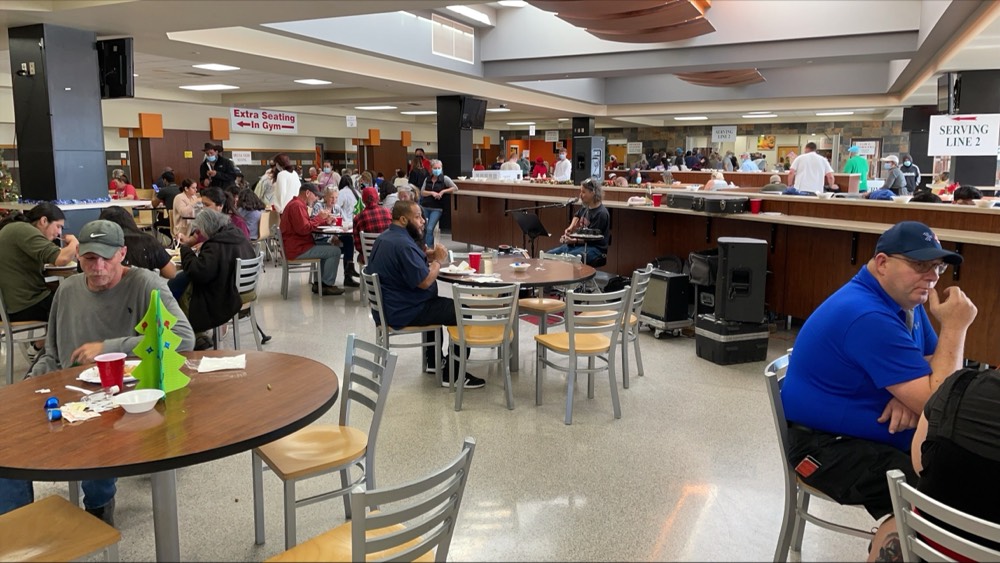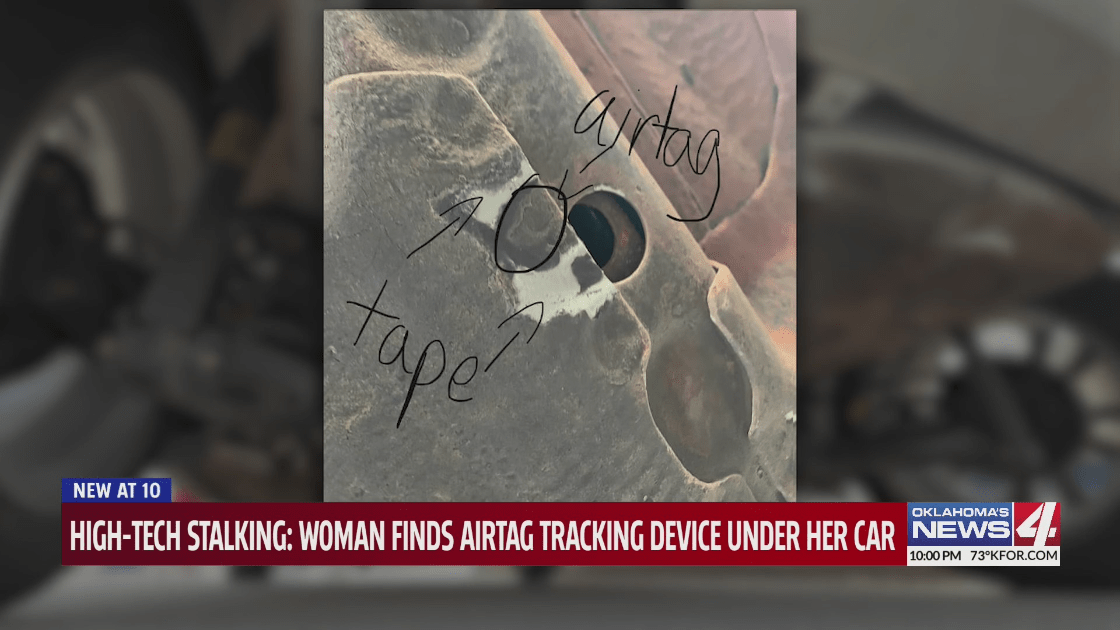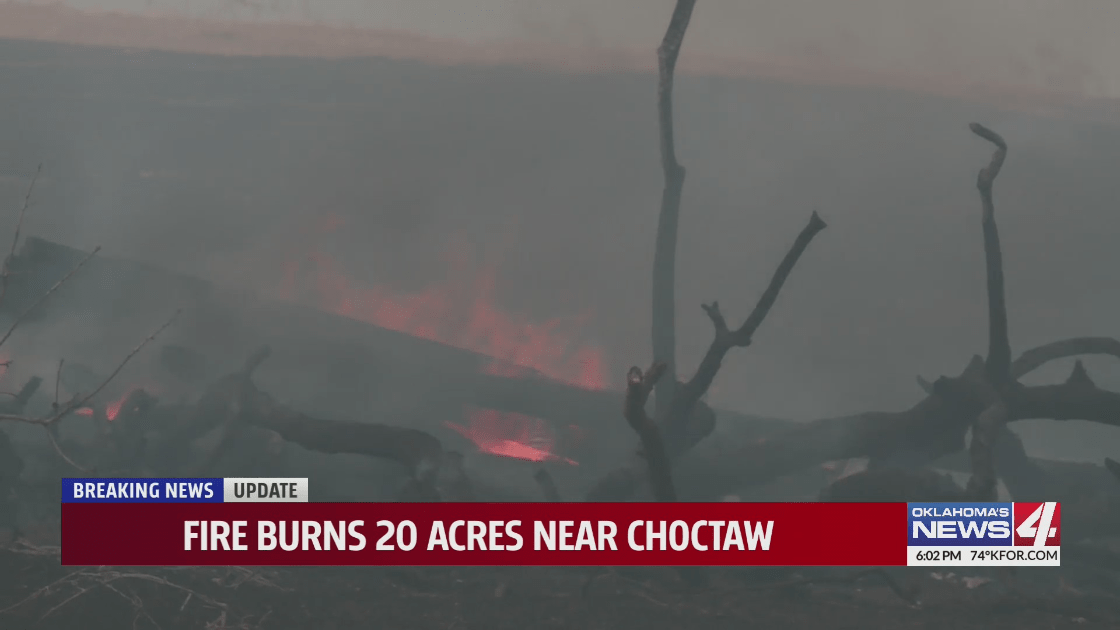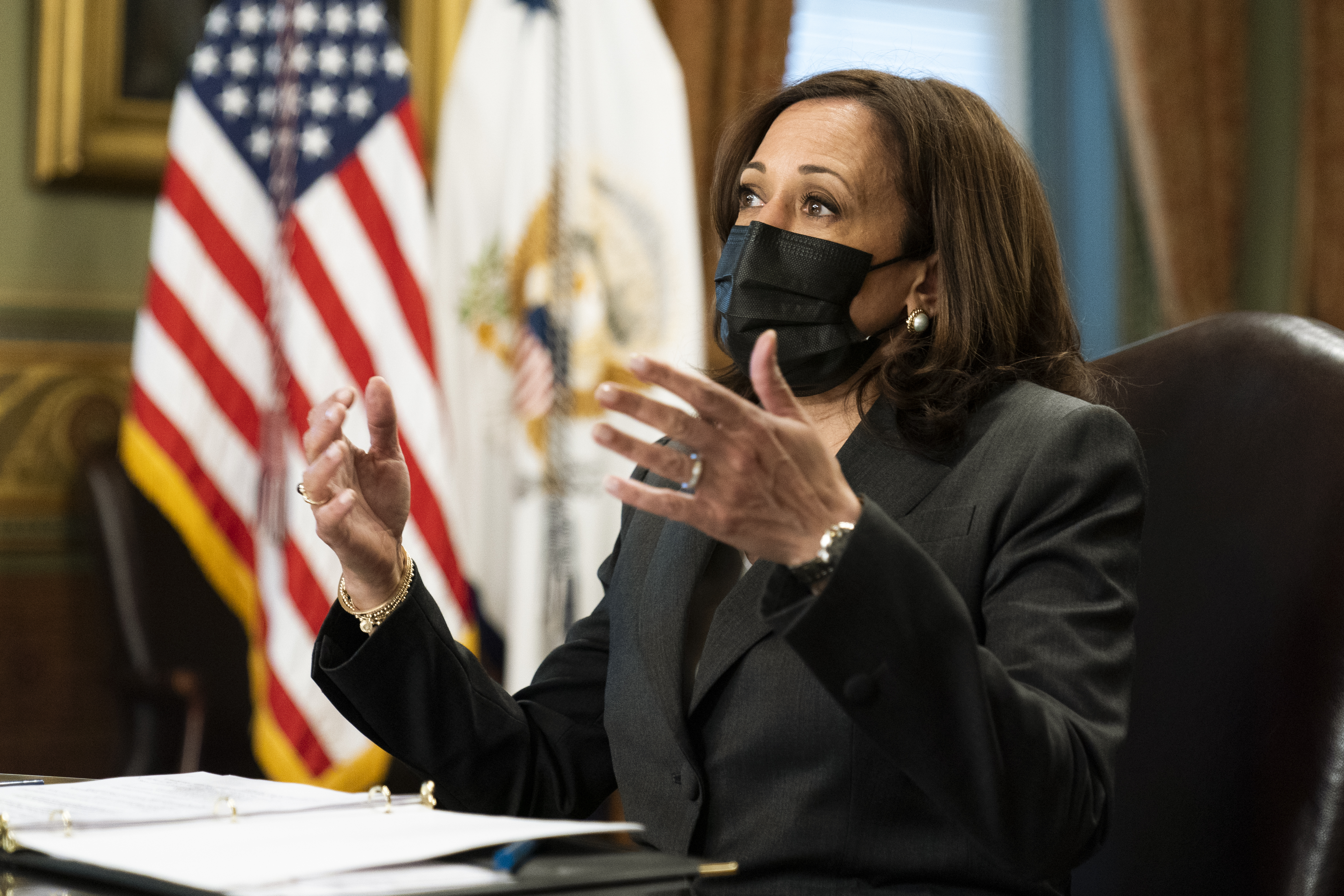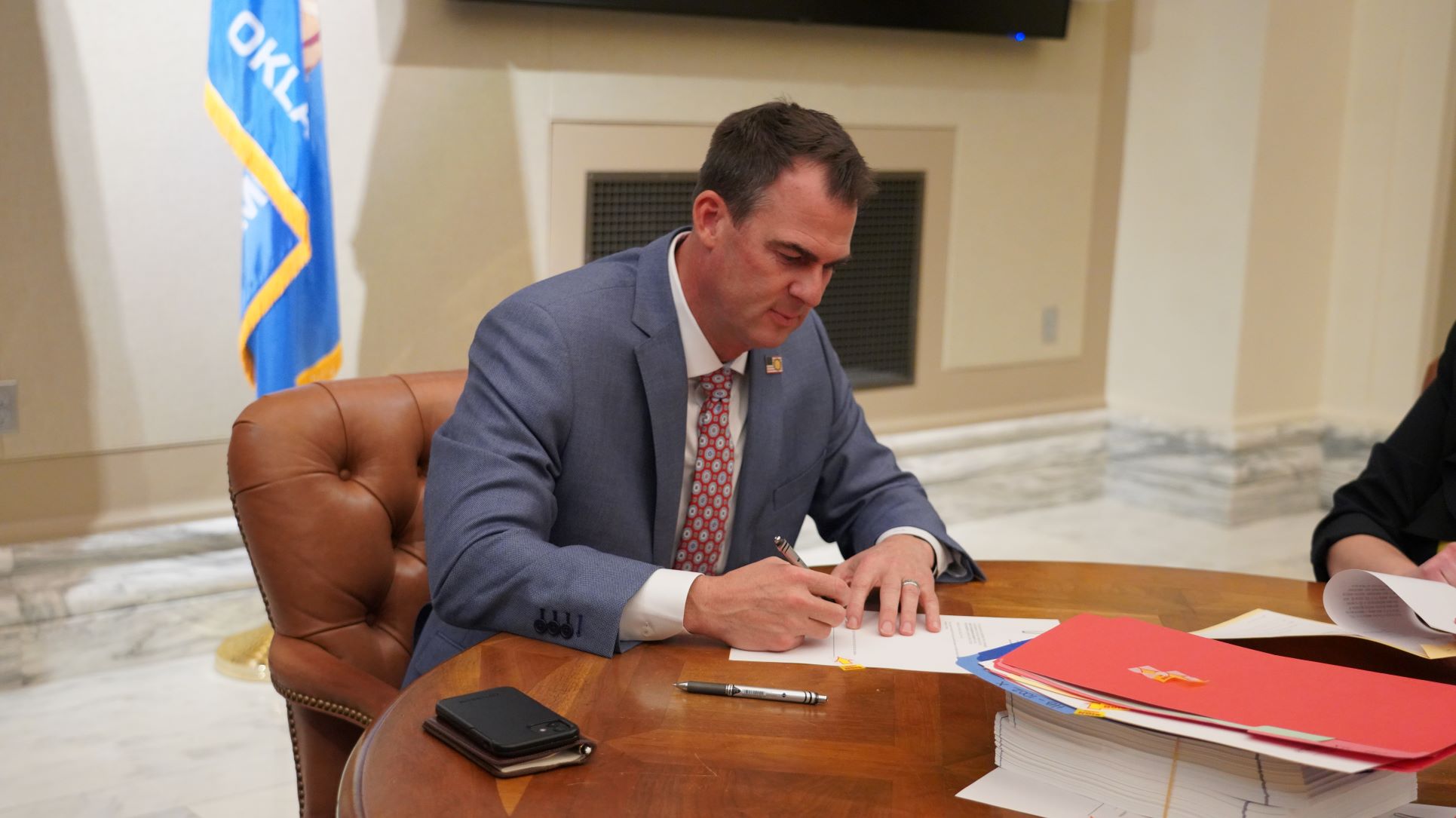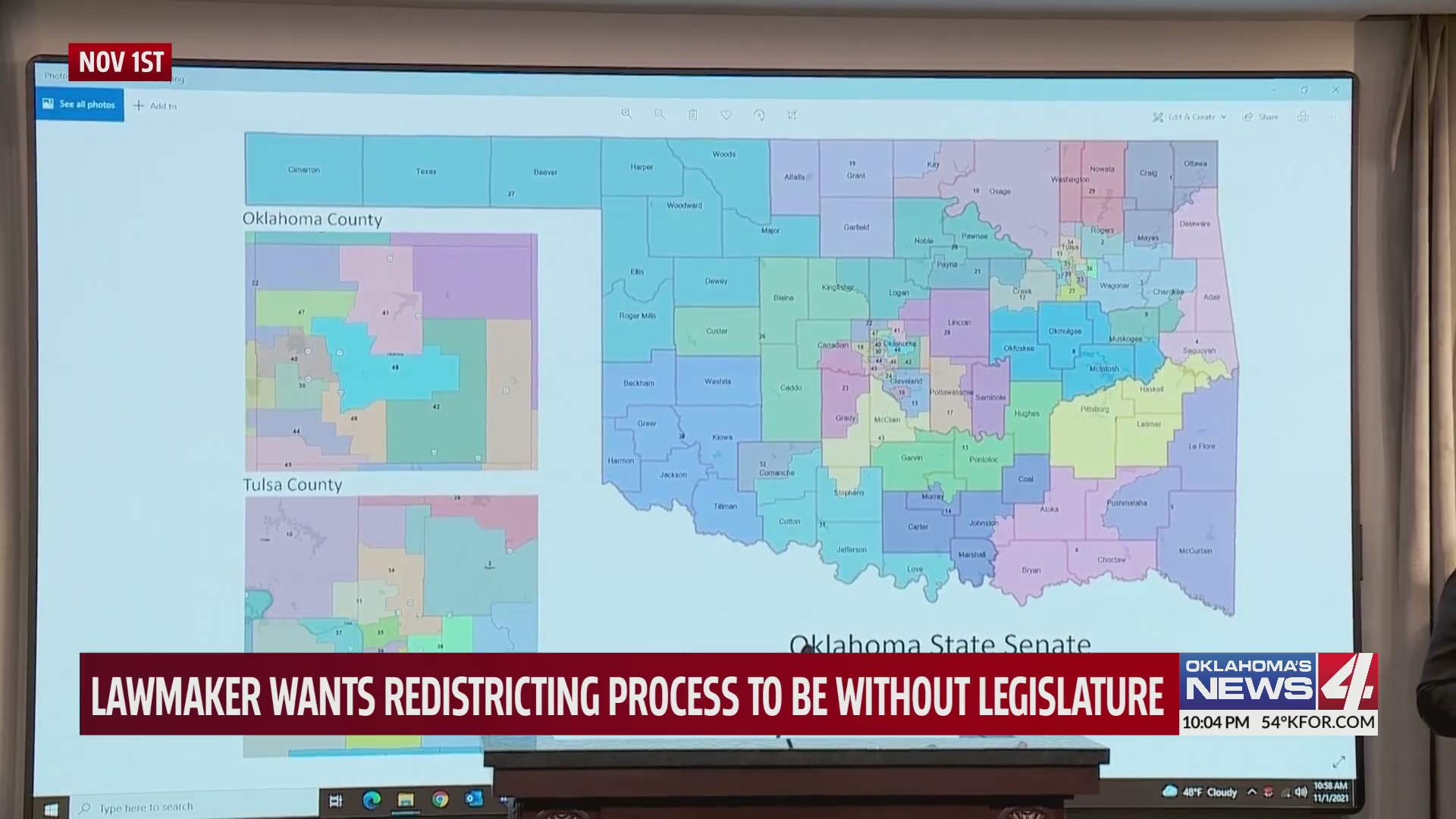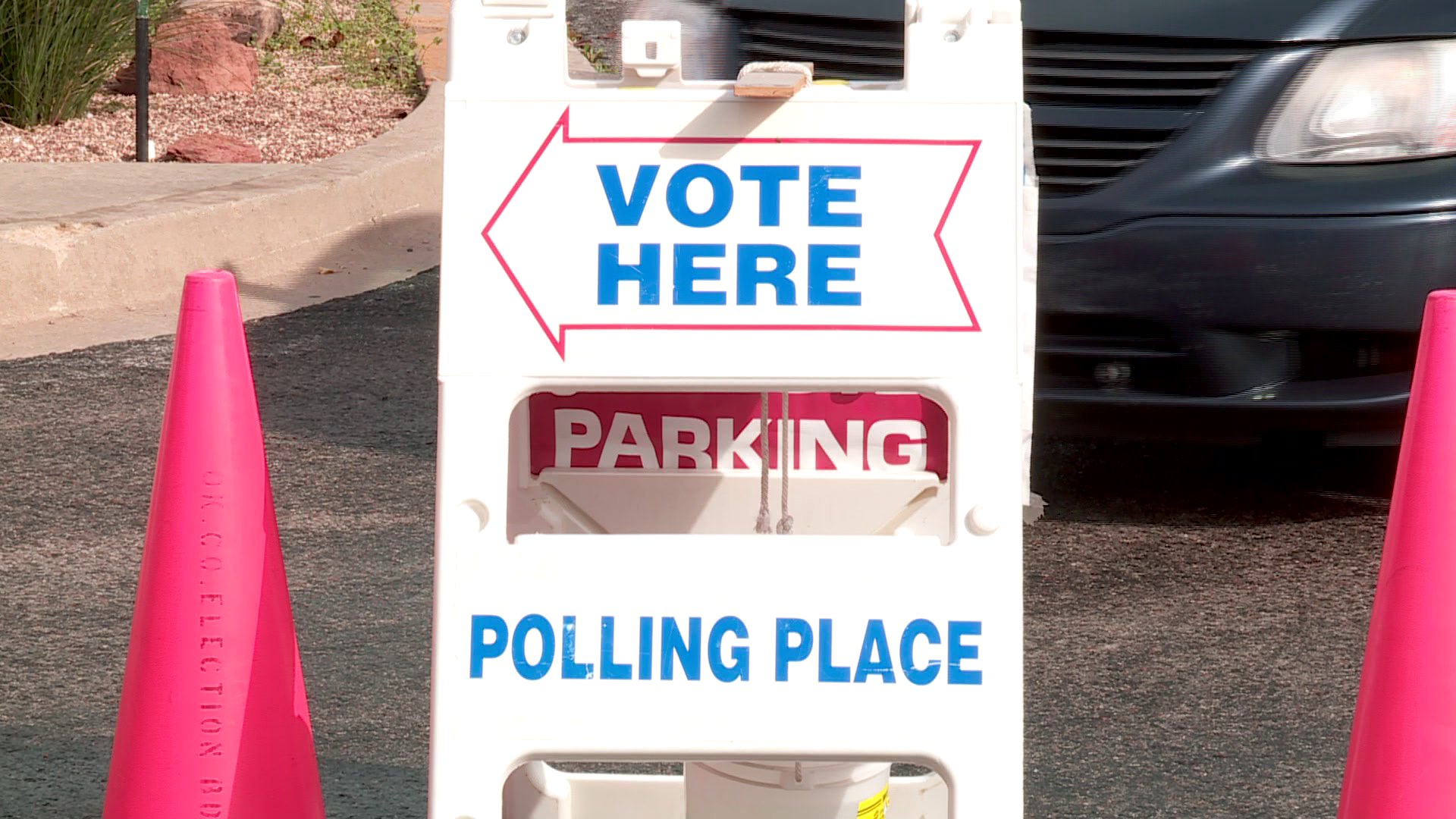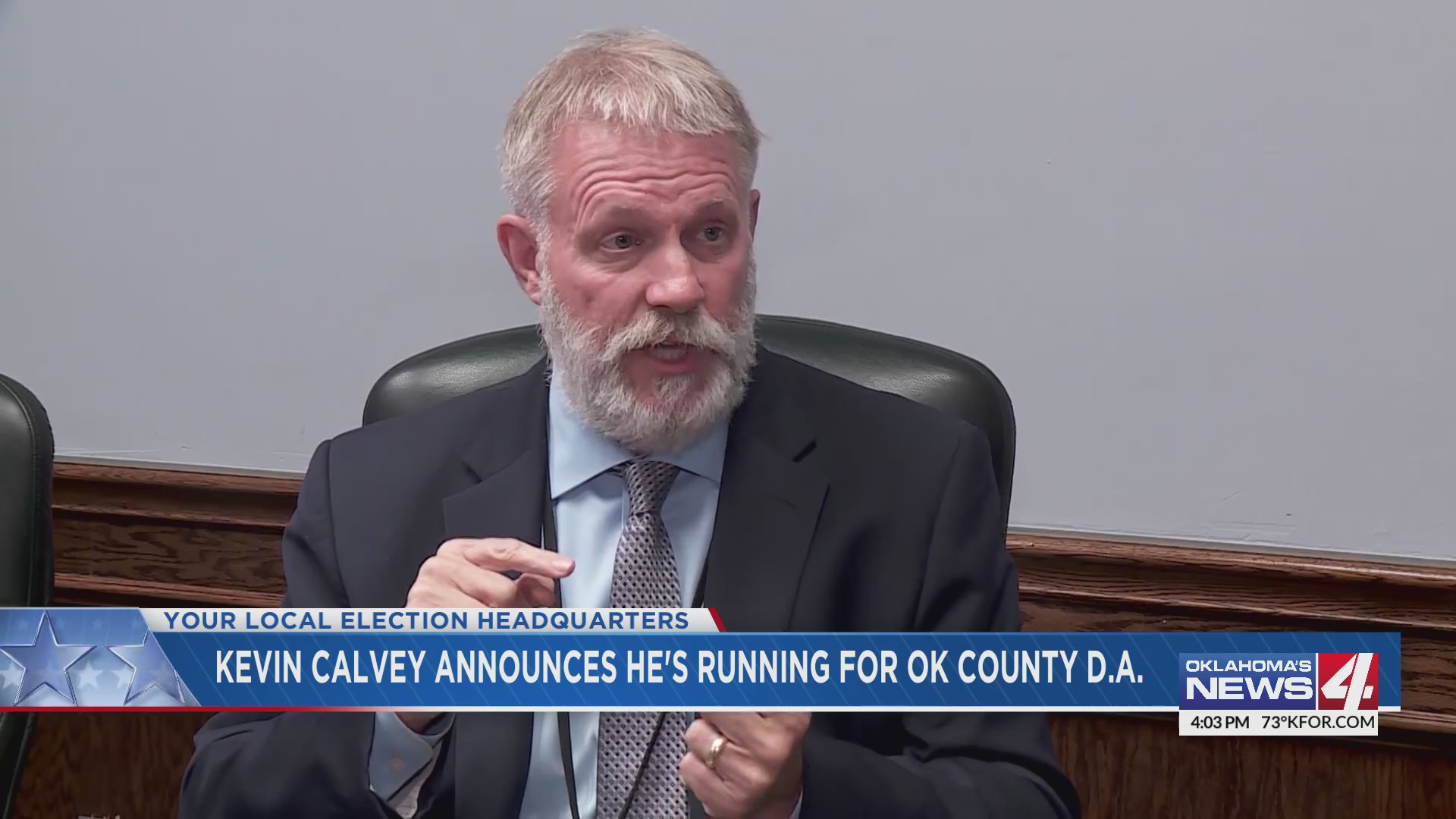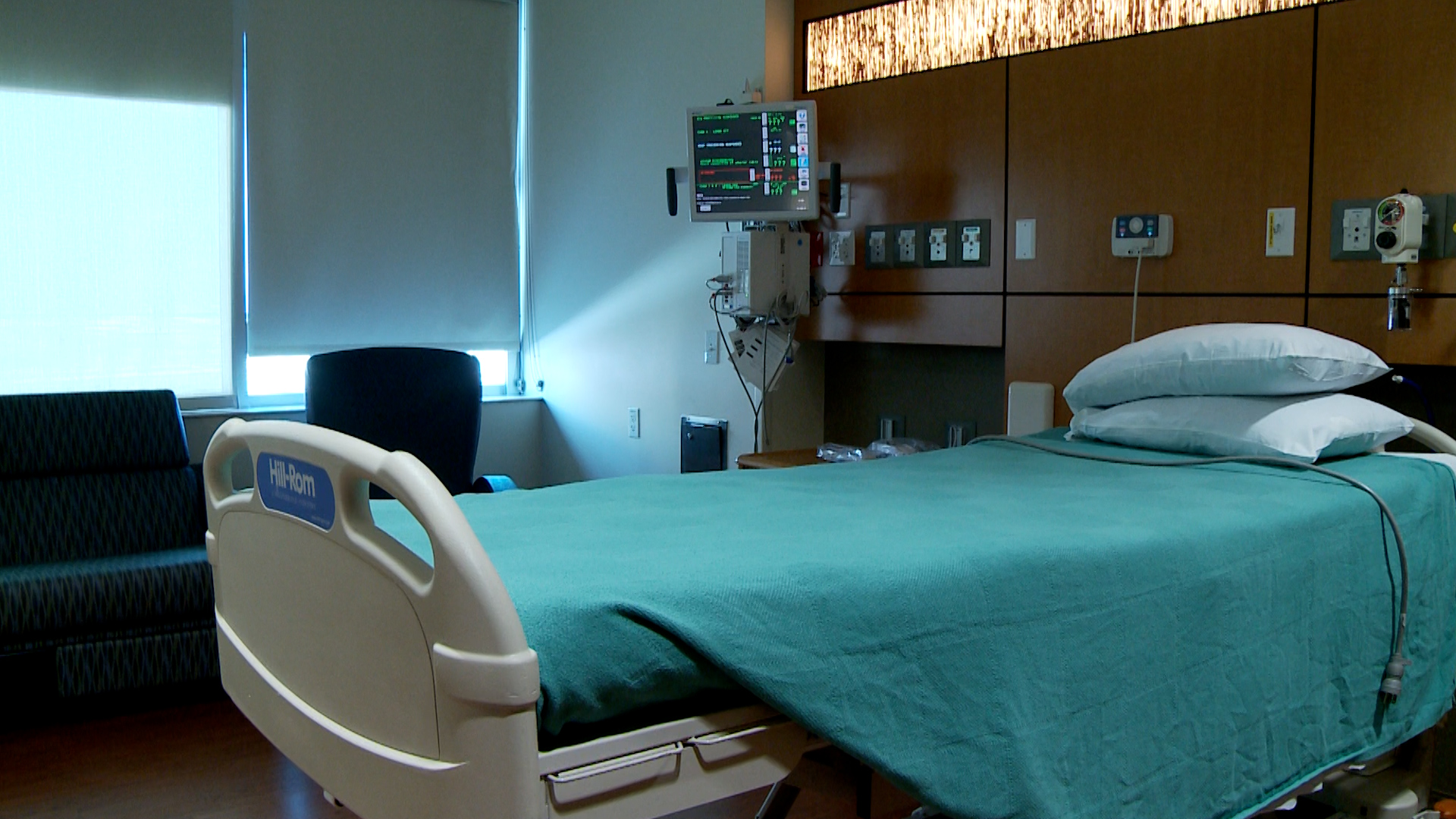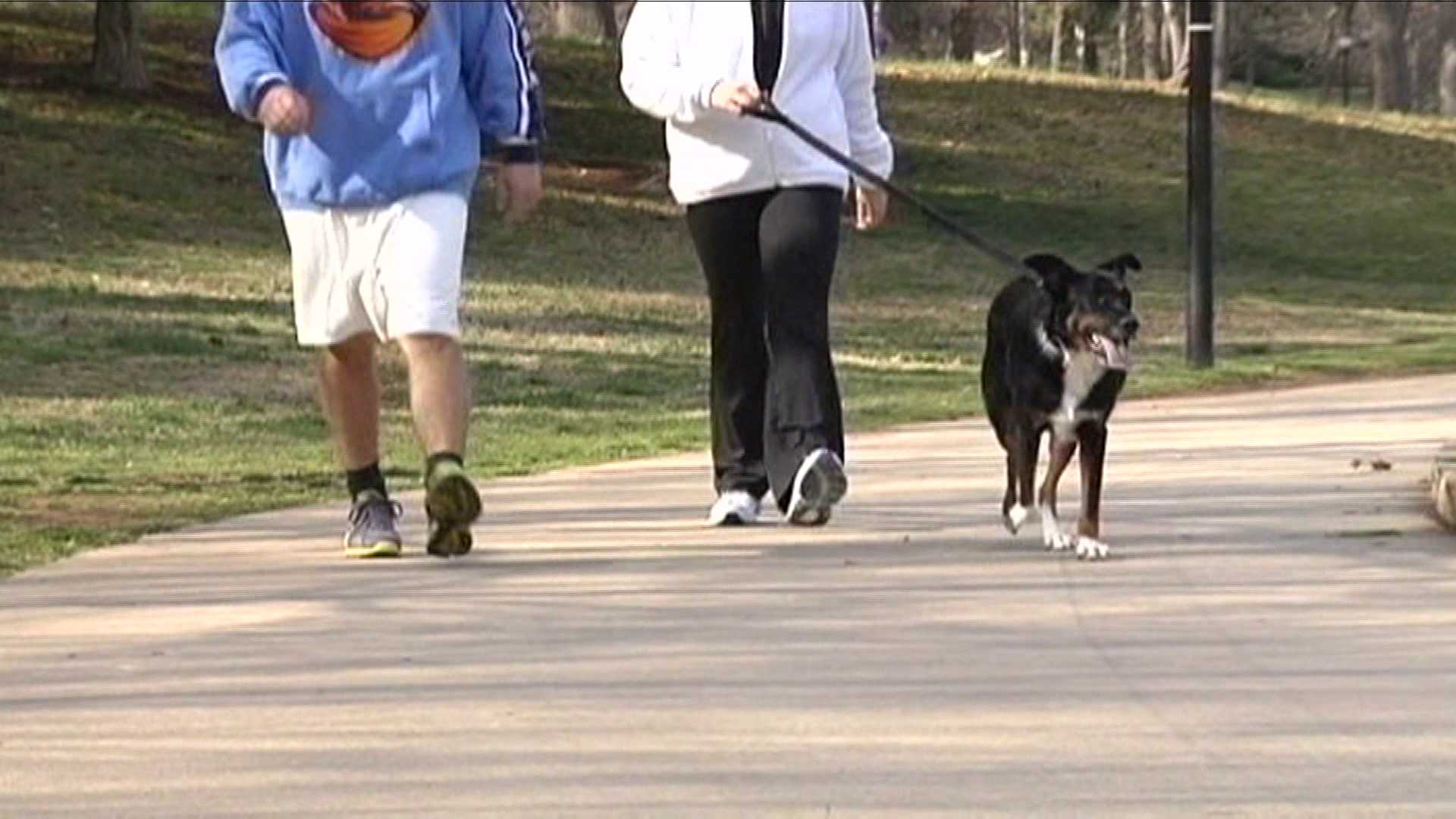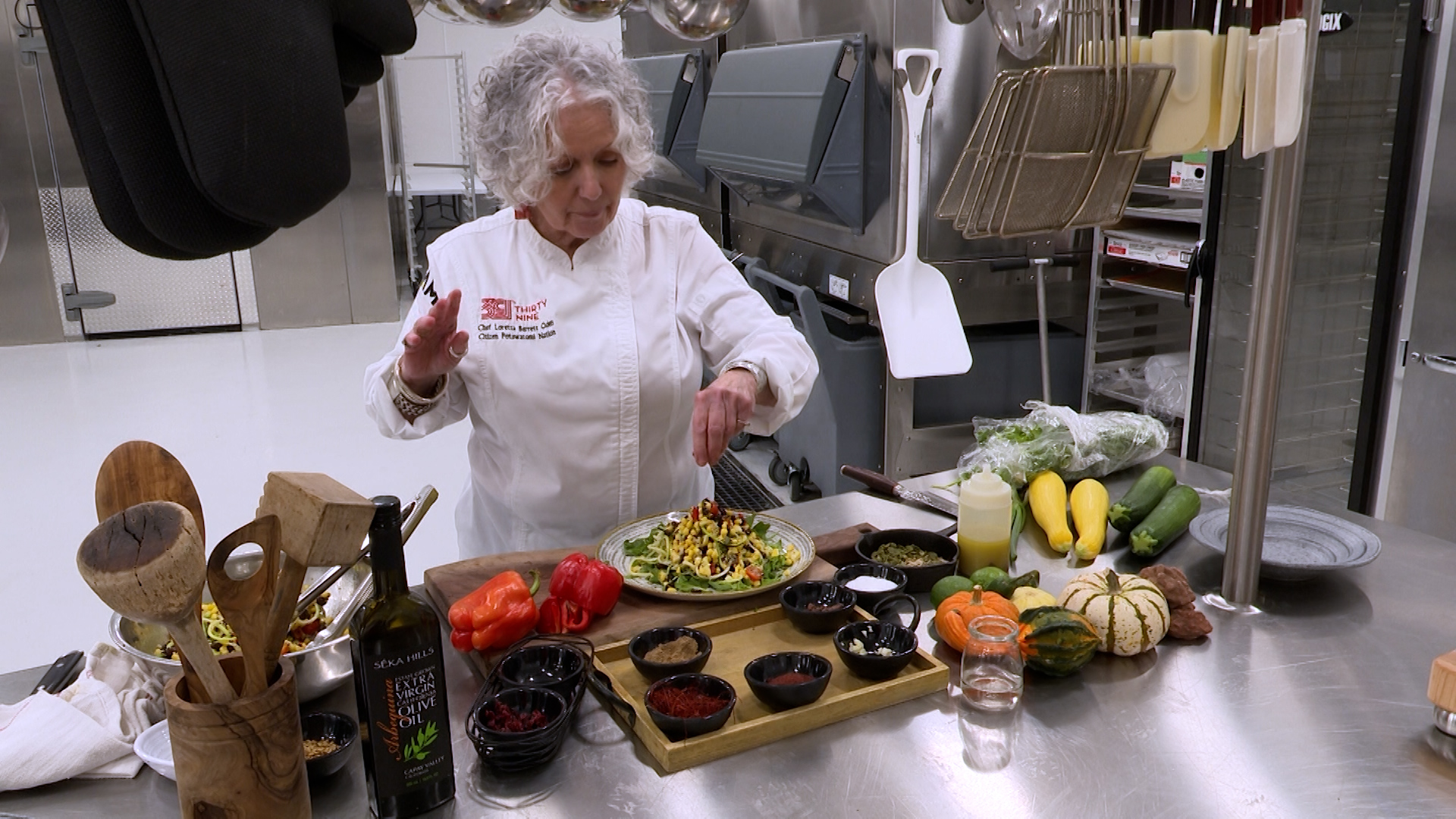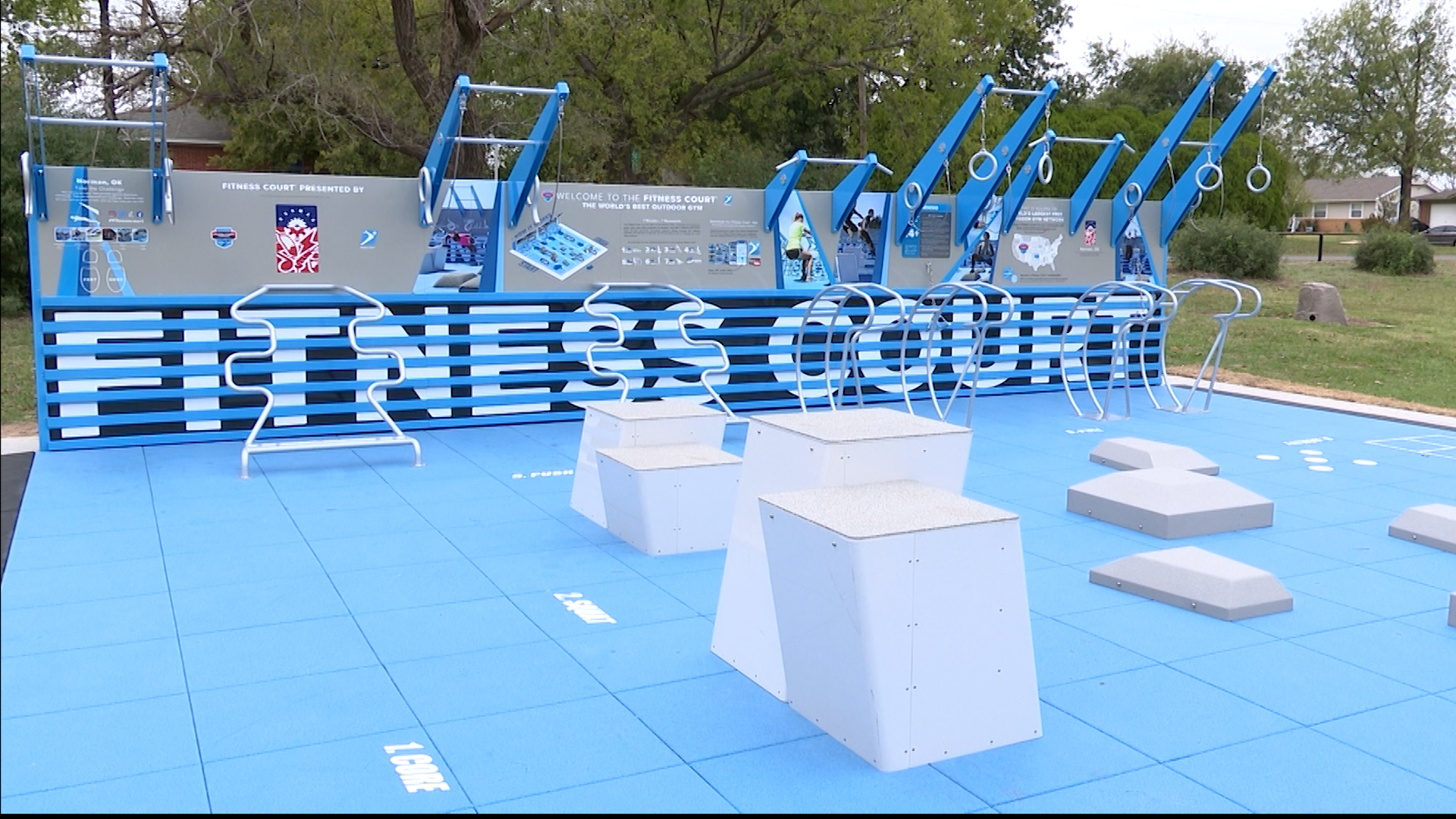Video Note: the video starts with a black screen.
OKLAHOMA CITY (KFOR) — Oklahoma’s ever changing weather can often bring extremes as well as beautiful days and a taste of all the seasons.
There is bone-chilling cold in winter and withering heat in summer.
The Fall brings us color and then in spring skies can turn dangerous very quickly.
Oklahoma has it all.
The KFOR 4Warn Weather Center is where Chief Meteorologist Mike Morgan and the entire team monitor and track weather 24 hours a day.
Not only does KFOR have experienced meteorologists but they also guide a dedicated team of storm trackers which are deployed to all corners of Oklahoma during severe weather.
There is also the eye in the sky with KFOR Chopper 4 and Pilot Mason Dunn.
For over 70 years KFOR has been a pioneer in broadcast weather forecasting and technology. This station issued the first broadcast tornado warning at a time when the government outlawed that practice.
Decades later, you can see those watches and warnings are vital when it comes to protecting your family.
Weather Safety Plan Tips
AT HOME
• Take an inventory of your personal information, important documents and irreplaceable photos and make backup copies to store at an off-site safe location. Thumbdrive at the office, bank safety deposit box or secure online storage.
• Keep shelter area clean and stocked with supplies like water, snacks, flashlight, batteries/chargers for all devices.
• Children should have head protection like bicycle helmets, pillows and blankets.
• Pet food and water
• Weather Radio with your county warning area programmed.
• Keep cell phone/mobile device charged. You can get the 4WarnMe and News4 Apps for free.
• Sturdy closed toe shoes
The best location to shelter in a home is an interior closet or bathroom away from windows and exterior walls. Put as many walls between you and the outside as possible. DO NOT OPEN OR STAND NEAR WINDOWS.
All family members should practice the safety plan. Should severe weather strike in the middle of the night each family member has a better idea of where to go and what they need to have so it’s not as unsettling or rushed.
Remember, if you do not have a storm shelter in or near your home an interior closet or bathroom ON THE LOWEST FLOOR that puts as many walls between you and the outside is the best option.
Should you need to leave for shelter, do so once the WATCH is ISSUED. Don’t wait to make a drive once the storm is close to you, flooding, or damage to your route to safety may be occurring and can make you vulnerable.
AT WORK
• Know and discuss your shelter options with your business. Have a designated safety area that does not have large high ceiling areas or is near exterior walls.
• Have a weather radio and someone designated to monitor weather for the business.
ON THE ROAD
• NEVER park under an overpass or bridge. This can cause traffic to backup and become impassable, leading to accidents or others being caught in the storm’s path.
• NEVER seek shelter under a bridge or overpass. The structure does not provide adequate shelter from high winds and debris. You can also be pulled out by the winds. There have been fatalities reported due to this.
• Monitor the weather on local radio, pull off the road to seek shelter in a sturdy building should a tornado warning be issued near you or in your path of travel.


